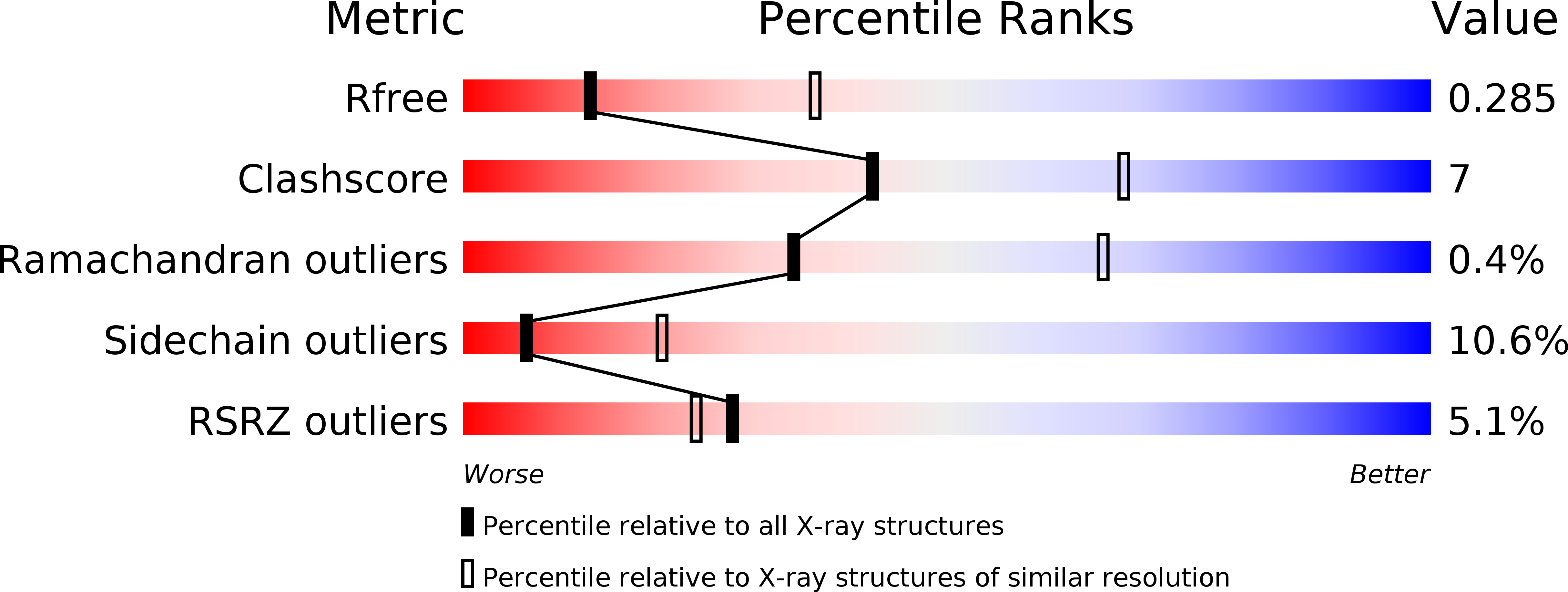
Deposition Date
2004-01-16
Release Date
2004-04-06
Last Version Date
2024-12-25
Entry Detail
PDB ID:
1S4E
Keywords:
Title:
Pyrococcus furiosus galactokinase in complex with galactose, ADP and magnesium
Biological Source:
Source Organism:
Pyrococcus furiosus (Taxon ID: 2261)
Host Organism:
Method Details:
Experimental Method:
Resolution:
2.90 Å
R-Value Free:
0.26
R-Value Work:
0.23
R-Value Observed:
0.23
Space Group:
C 2 2 21


